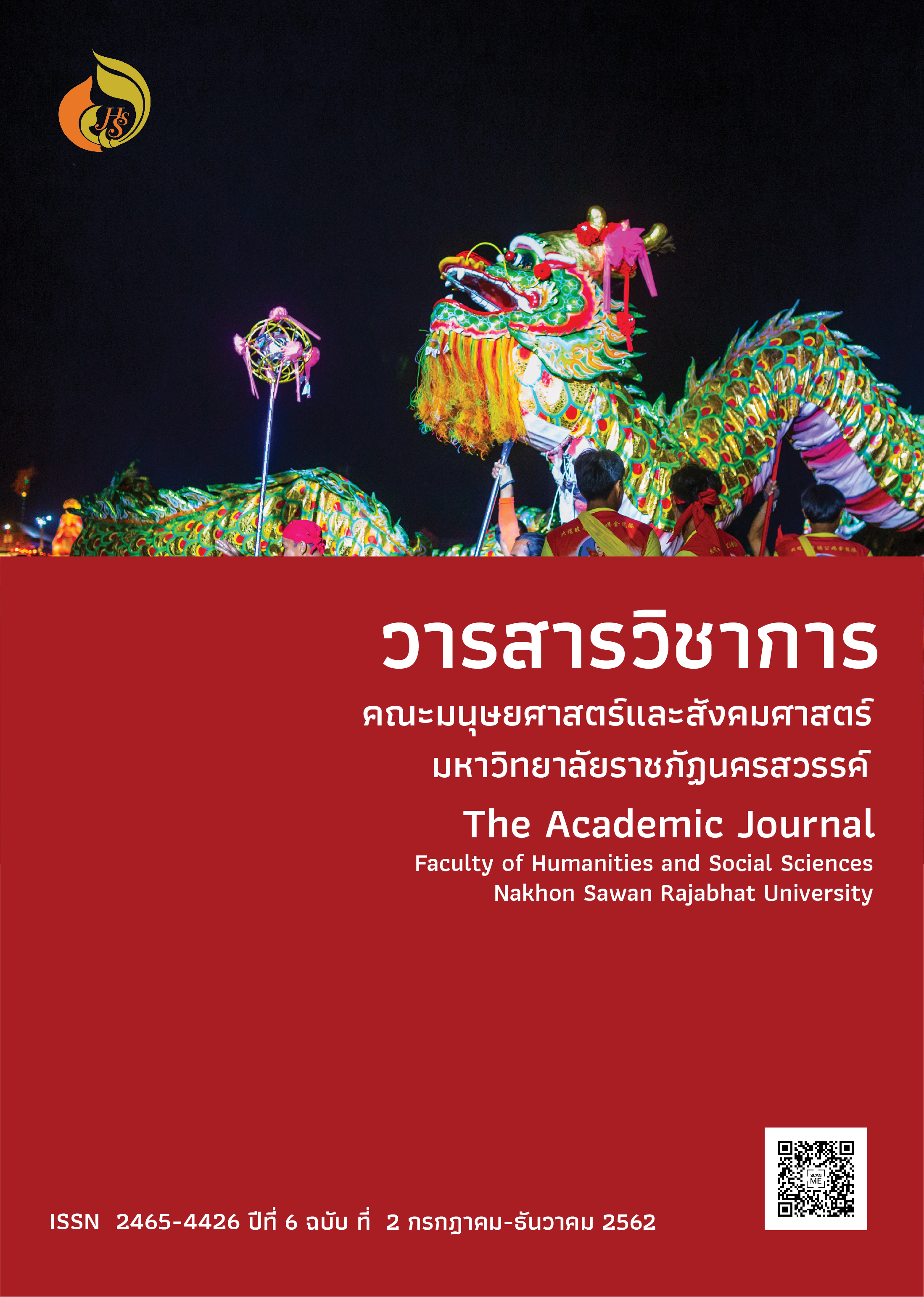Bias Elimination In Thai Society With Buddhist Integrated Approach
Main Article Content
Abstract
The objectives of this qualitative research were 1) To study Bias and Elimination of Bias in Thai Society 2) To study Buddhist principles for Eliminating Bias in Thai society 3) To integrate the Elimination of Bias in Thai Society with principles in Buddhism, and 4) To propose guidelines in building new knowledge regarding the model of elimination of Bias in Thai society with Buddhist integrated approach. The research is the documentary qualitative by analyzing Buddhist principles in the primary sources, Tipitaka and the in-depth interview of 10 key informants.
The results indicated as follows:
Bias is an attitude that results from knowledge, beliefs, feelings, opinions that are accepted or rejected and then lead to action. The nature of bias approaches the scope of psychology owing to the bias tendency influencing the mental condition. Psychological overall, it's about the likes and dislikes. In Buddhism, there are 4 Biases namely 1) biased for love 2) biased for anger 3) biased for delusion and 4) biased for fear. Whenever Biases occur in the performance of duties or treats other people, there will be bias, unfairness and wrong doing.
The solution to bias in Thai society is still used according to international system, based on law and socialization The Buddhist principles that can solve the problem of Bias are Brahmavihara 4, Khanti, Yonisomanasikara and Kalamasutta
Integration of solution to bias in Thai society with the Buddhist principles can be done with both psychological condition and socialization. Firstly, it should be started in oneself. In order not to cause mental bias that makes the practice go wrong in principle.The body of knowledge gained from content synthesis is based on the principle that “Love with understanding, Being friendly, Knowing the truth, and Not leaving the reason”. It can be concluded as the concreate knowledge called “GLHDF MODEL” by understanding to treat the tendency correctly. By having done this so, the social problem is not continued so far
Article Details
References
ศ.นพ.วันชัย วัฒนศัพท์ และคณะ. กรุงเทพฯ: โรงพิมพ์ศาลาแดง จำกัด.
ชัยวัฒน์ สถาอานันท์. (2539). สันติวิธีทฤษฎี/วิถีวัฒนธรรม. กรุงเทพฯ: เรือนแก้วการพิมพ์.
ปิ่น มุทุกันต์ พันเอก. (2538). แนวสอนธรรมะตามหลักสูตรนักธรรมตรี. พิมพ์ครั้งที่ 2. กรุงเทพฯ:
มหามกุฏราชวิทยาลัย.
พจนานุกรม ฉบับราชบัณฑิตยสถาน (2542). กรุงเทพฯ: นานมีบุ๊คส์พับลิเคชั่นส์.
พระพรหมคุณาภรณ์ (ป.อ.ปยุตฺโต). (2558). พจนานุกรมพุทธศาสน์ ฉบับประมวลศัพท์. กรุงเทพฯ:สำนักพิมพ์ผลิธัมม์.
มหามกุฏราชวิทยาลัย. (2556). พระไตรปิฎกฉบับสยามรัฐ. กรุงเทพฯ: มหามกุฏราชวิทยาลัย.
. (2525). พระไตรปิฎกพร้อมอรรถกถาแปล ชุด 91 เล่ม. กรุงเทพฯ: โรงพิมพ์มหามกุฏ
ราชวิทยาลัย.
มหาจุฬาลงกรณราชวิทยาลัย. (2539). พระไตรปิฎกภาษาไทย ฉบับมหาจุฬาลงกรณราชวิทยาลัย.
กรุงเทพฯ: มหาจุฬาลงกรณราชวิทยาลัย.
Broom and Selznick. (1958). Sociology: A Text with Adapted Readings. 2nd ed.
New York: Harper and Row.
George Eaton Simpson and J.Milton Yinger. (1965). Racial and Cultural Minorities.
3rd ed. New York: Harper and Row.


